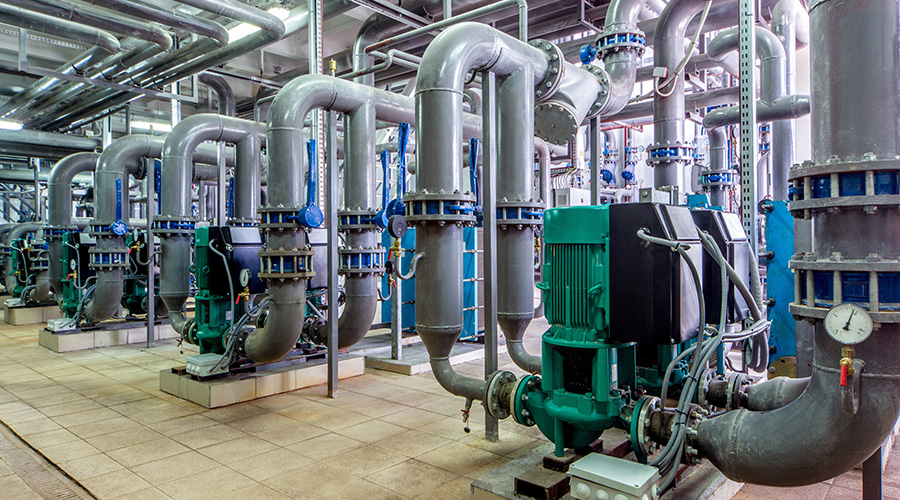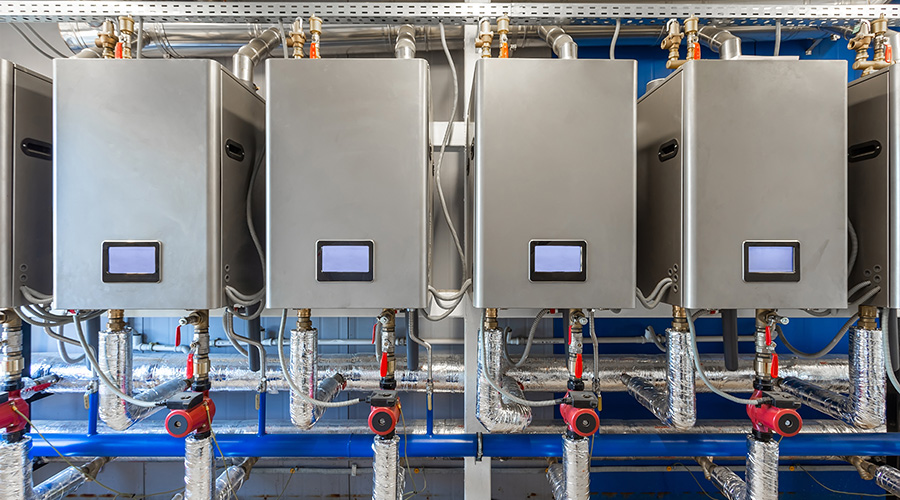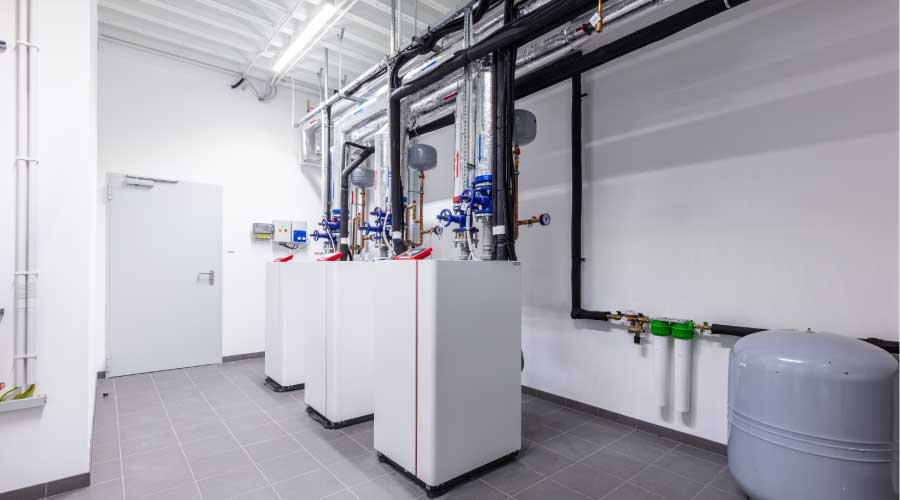Campus Expansion Creates Challenges for Chillers
The process of cooling the facilities at the University of Texas at El Paso (UTEP) has always been a major challenge. The campus, which sits at the farthest western edge of the state, is among the hottest spots in the region, thanks to the local desert climate.
But as a result of an ambitious program launched in 2009, the challenge has become even greater. UTEP is expanding and updating its facilities, increasing enrollment, and ramping up research activities — all in an effort to push the 22,000-student university into the top tier of research institutions in the nation. One result of the expansion is a growing need for cooling in the university's facilities.
The expansion "means we're adding research, and it's become a larger part of what we do," says Gregory McNicol, UTEP's assistant vice president of facilities, "and those kinds of buildings tend to be energy hogs."
For UTEP's facilities management department, the addition of new buildings and upgrades to existing ones to support more research means a increase in the square footage that technicians must keep cool, despite the hot Texas weather. One major response to meet the need for cooling was a $4.2 million chiller-replacement project in the university's Central Energy Plant in late 2007 and early 2008.
Meeting demands
The decision to upgrade the two chillers was driven by several specific construction campus projects.
"We have a brand new biology research building," McNicol says. "That was one of the first big ones. We just opened the new Chemistry and Computer Science Building" at a cost of $69.2 million. The university also has added a $60 million Health Sciences and Nursing Building.
"We've also done expansions of the engineering buildings and the other science buildings," including the $32 million Student Recreation Center expansion, he says.
A review of the campus's cooling system determined changes were in order to keep up with the increased demand.
"The campus administration realized that the original (chillers) were coming up on the end of their useful life, and it was time to upgrade the equipment," McNicol says. "The campus was adding approximately 1.5 million square feet to the existing 3.4 million square feet of space. All this drove the need to upgrade the equipment."
The surrounding climate is always a key consideration in UTEP's decisions related to cooling loads.
"We are in the desert," McNicol says. "It's a very dry area with about 8 inches of rain per year. We're generating cooling all of the time — winter, all year round. We use outside air when we can to precool the buildings, and in the wintertime, we try to use the outside air as much as we can."
Maintenance and engineering managers and technicians over the years had devoted time and money to maximizing the service life of the previous chillers — one 800-ton unit and one 1,200-ton unit installed in 1968 and two 1,100-ton unit installed in 1974.
"We did very good routine maintenance on an annual basis, so we were able to keep those units working as effectively as we possibly could because we did take care of them," he says. "That's something this university has done well. We'll make budget cuts, but things like chillers is not one of the areas we'll make cuts. It's too important a piece of machinery."
Related Topics:













